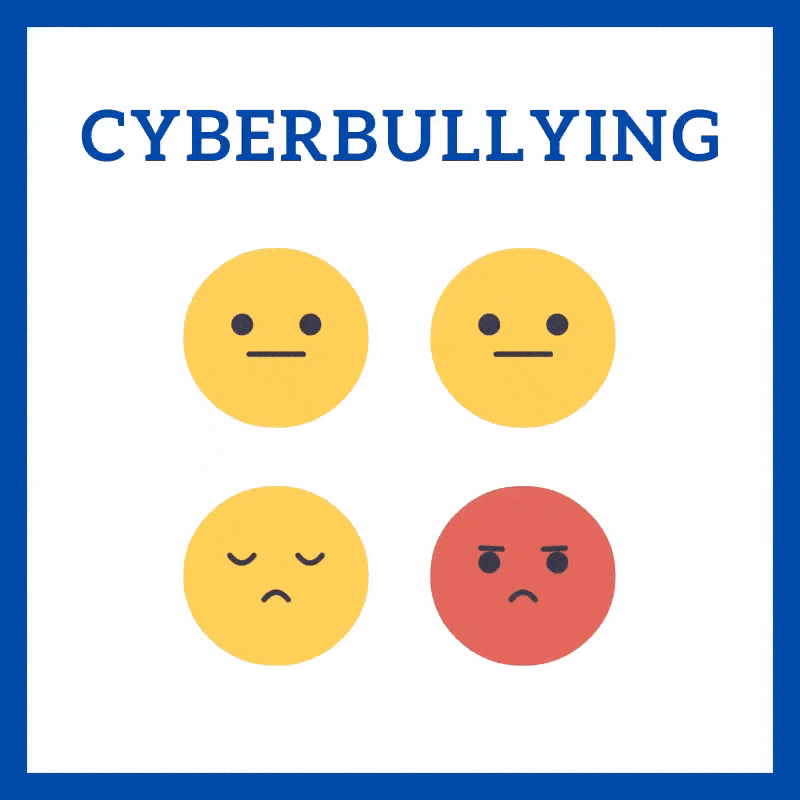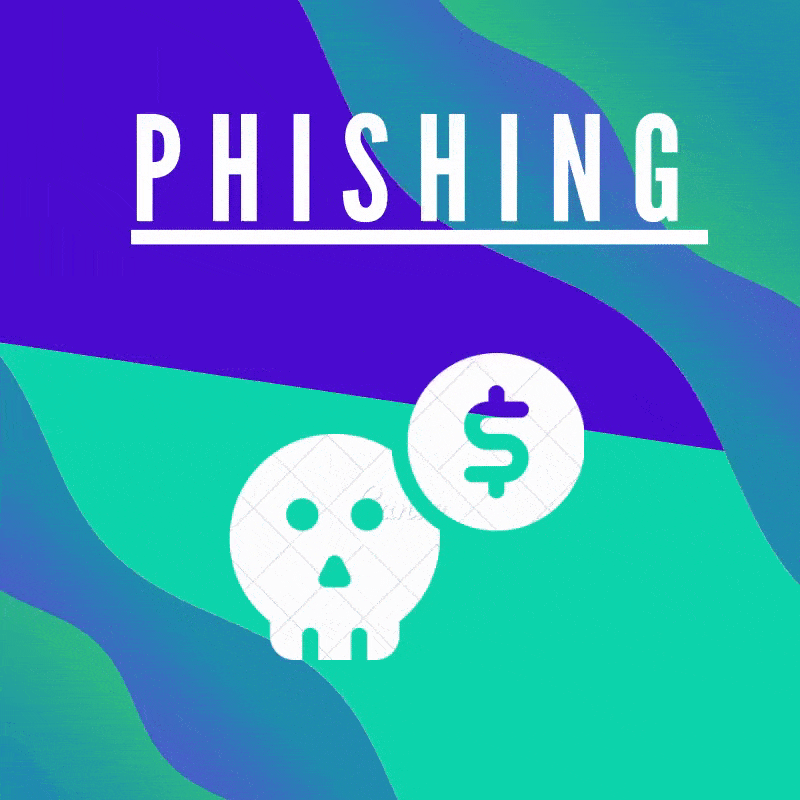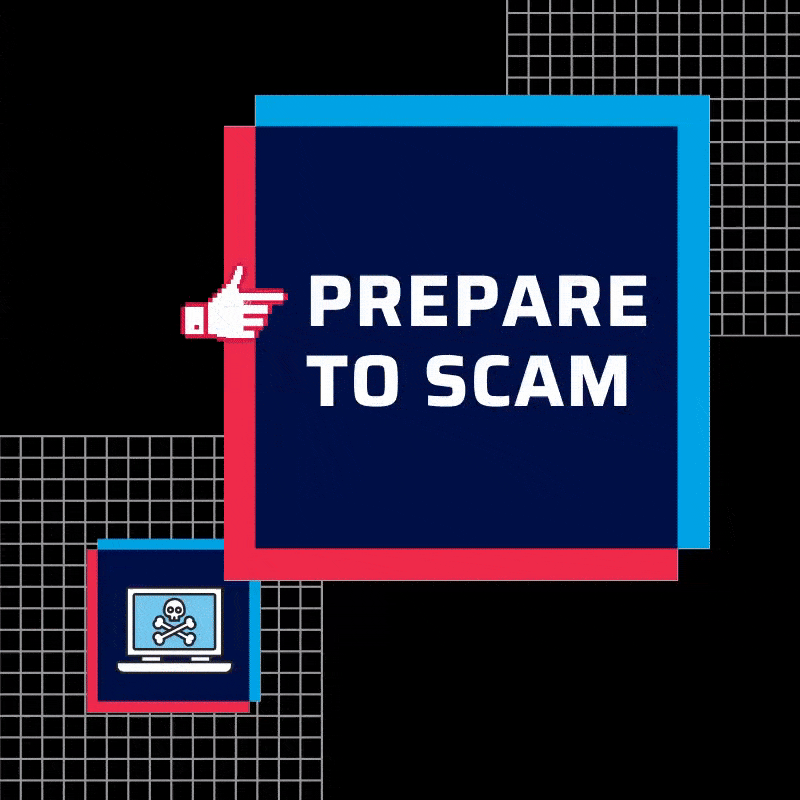In India, fake identities are a huge problem. In 2019, Facebook reportedly removed 5.4 billion fake accounts of Indian users.
Check the profile thoroughly for the following:

While people all over the world have been following the trend of face-to-face bullying, the internet and digital devices provided an outlet for bullies to do it anonymously. The first time India tackled with Cyber bullying was with the Vishaka vs. the State of Rajasthan, this led our country to become aware of online sexual harassment and cyber stalking.

Fake news refers to false information or propaganda published under the guise of being authentic and spread through the medium of news and/or social media, leading to even Chinese whispers through word-of-mouth.



As we all know, internet scams are widespread and really dangerous because they can range from identity theft, financial threat and leak of private information.

